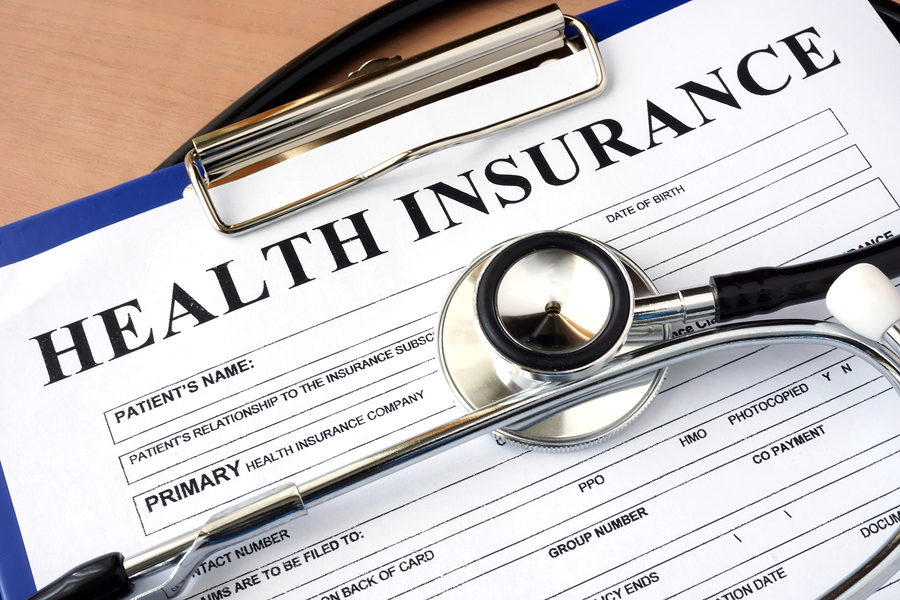Did you get at least seven hours of quality sleep last night? If your answer is no, you’re not alone. According to one national survey, 30 percent of adults sleep an average of 6 hours or less. The Centers for Disease Control and Prevention (CDC) have even declared insufficient sleep an important public health concern, with lack of sleep contributing to the prevalence of chronic disease as well as reduced productivity and quality of life for millions of Americans. Fortunately, there are simple steps you can take to improve both the quantity and quality of sleep you regularly enjoy.
Get outside more often. One sleep insufficiency study found that the more access to nature its subjects had, the less likely they were to report insufficient sleep. Spend some time each weekend in your city’s parks or walk your neighborhood after dinner instead of watching television on the couch. The fresh air and activity will improve your sleep quality even if you’re only able to get out into nature a few times each week.
Establish a regular routine. Spontaneity can be exciting, but it’s not a friend of great sleep. Researchers have found that the regularity of one’s daytime activities—from when you get up, to when you exercise and eat, to when you go to bed—greatly influence one’s ability to sleep. They hypothesize that sticking to a routine can help program your body’s biological rhythms. This means it will be ready for sleep when you are.
Make time for a workout. Whether your only time for exercise is first thing in the morning, on your lunch break, or after you’ve put the kids to bed for the evening, getting a workout in is more important than what time you choose to do so. Studies have shown that vigorous evening exercise won’t reduce your sleep quality. In one, 97 percent of the subjects slept better on days they hit the gym than on days they didn’t—regardless of the time of day they went.
Seek out natural sunlight. Many of us spend our days at desks in windowless offices or cramped cubicles away from natural daylight. However, research suggests that exposure to sunlight is necessary to establish and maintain a normal circadian rhythm. If you start work before the sun comes up and don’t leave until it goes down, or spend much of the day in a dark office, make a point of stepping outside to enjoy some natural light during your breaks and/or at lunchtime.






 According to the Centers for Disease Control and Prevention, there were 2,596,993 deaths in the U.S. in 2015. Leading end-of-life causes included diseases of the heart, malignant neoplasms, chronic lower respiratory diseases, cerebrovascular diseases and accidents—most of which can strike at any age.
According to the Centers for Disease Control and Prevention, there were 2,596,993 deaths in the U.S. in 2015. Leading end-of-life causes included diseases of the heart, malignant neoplasms, chronic lower respiratory diseases, cerebrovascular diseases and accidents—most of which can strike at any age.

